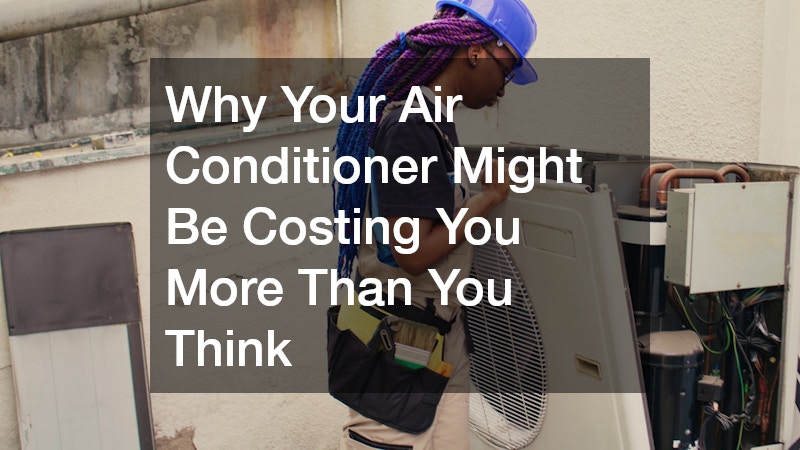In Australia’s climate, where summers stretch long and hot and winters can bring unexpected chills, air conditioners have become a household staple. While they offer comfort and relief, what many homeowners don’t realise is that their air cooler might be quietly inflating their energy bills.
From inefficiency to poor maintenance, a range of factors can drive up operating costs without you even knowing.
The Hidden Costs of Cooling Comfort
At first glance, the cost of running an air cooler may seem straightforward: switch it on, enjoy the cool air and pay the power bill later. But beneath the surface, several less obvious issues could be causing your system to drain more power—and more money—than necessary. In fact, many Australian households end up spending significantly more on energy each year simply due to avoidable mistakes in how they use or maintain their cooling units.
For instance, an incorrectly sized system can either overwork itself trying to cool a space that’s too large or short-cycle in a room that’s too small. Both scenarios lead to energy waste. Moreover, systems running on outdated technology often lack the energy efficiency features of modern models, which means more electricity is required to achieve the same level of comfort.
Poor Maintenance Equals Higher Bills
One of the most common culprits behind excessive cooling costs is poor maintenance. An air cooler that’s not regularly cleaned and serviced must work harder to deliver the same output. Blocked filters, dirty coils and clogged drain lines reduce airflow, place stress on internal components and eventually spike electricity consumption.
Industry experts recommend professional servicing at least once a year—ideally before the summer season. Between professional check-ups, homeowners should routinely clean or replace filters, ensure vents aren’t obstructed by furniture or curtains and monitor any strange noises or odours coming from the unit. A well-maintained cooling conditioner not only lasts longer but operates more efficiently, helping to keep running costs in check.
Outdated Models & Lack of Smart Controls
If your cooling conditioner is more than 10 years old, it may be costing you much more than you think. Older models typically have lower energy ratings and lack the smart control features now standard in newer systems. These features include programmable timers, temperature zoning and connectivity to smart home devices—all of which help manage cooling more efficiently and reduce unnecessary usage.
Upgrading to an energy-efficient unit with at least a 5-star energy rating can significantly reduce your electricity bill over time. In addition, utilising inverter technology allows the system to run at variable speeds, adjusting cooling output as needed rather than turning on and off repeatedly, which uses more power.
Insulation & Home Design Matter
Even the most advanced air conditioner can’t perform efficiently in a poorly insulated home. If your walls, ceilings or windows aren’t adequately insulated, cool air will escape and warm air will enter, forcing your system to work harder and longer. This not only raises your energy bill but also adds wear and tear on the unit.
Curtains, blinds, draught-proofing strips and double-glazed windows can all help keep your indoor climate stable. Sealing air leaks around doors and windows is another simple, cost-effective way to maximise your cooling conditioner’s efficiency.
Peak Periods & Tariffs
Electricity tariffs in Australia often spike during peak usage times—typically in the late afternoon and early evening. If you’re running your air cooler during these hours, you’re likely paying more than you realise. Some energy providers offer time-of-use tariffs or controlled load pricing, where electricity is cheaper during off-peak hours. Scheduling your cooling around these times can reduce your energy costs significantly.
In addition, many state governments offer rebates or incentives for upgrading to energy-efficient systems. Taking advantage of these programs can help offset the upfront cost of a new unit and reduce long-term expenses.
Take Control of Your Cooling Costs

The reality is that your cooling conditioner may be costing you more than you think, often due to factors that are entirely within your control. From regular maintenance and smart upgrades to more efficient daily habits, there are many ways to rein in your energy usage and keep your cooling costs in check.
Rather than waiting for the next shocking electricity bill to arrive, take proactive steps today. Assess your current system, consider a professional energy audit and look for simple improvements around your home. Remember, a well-managed air conditioner should enhance your comfort, not quietly drain your wallet.


